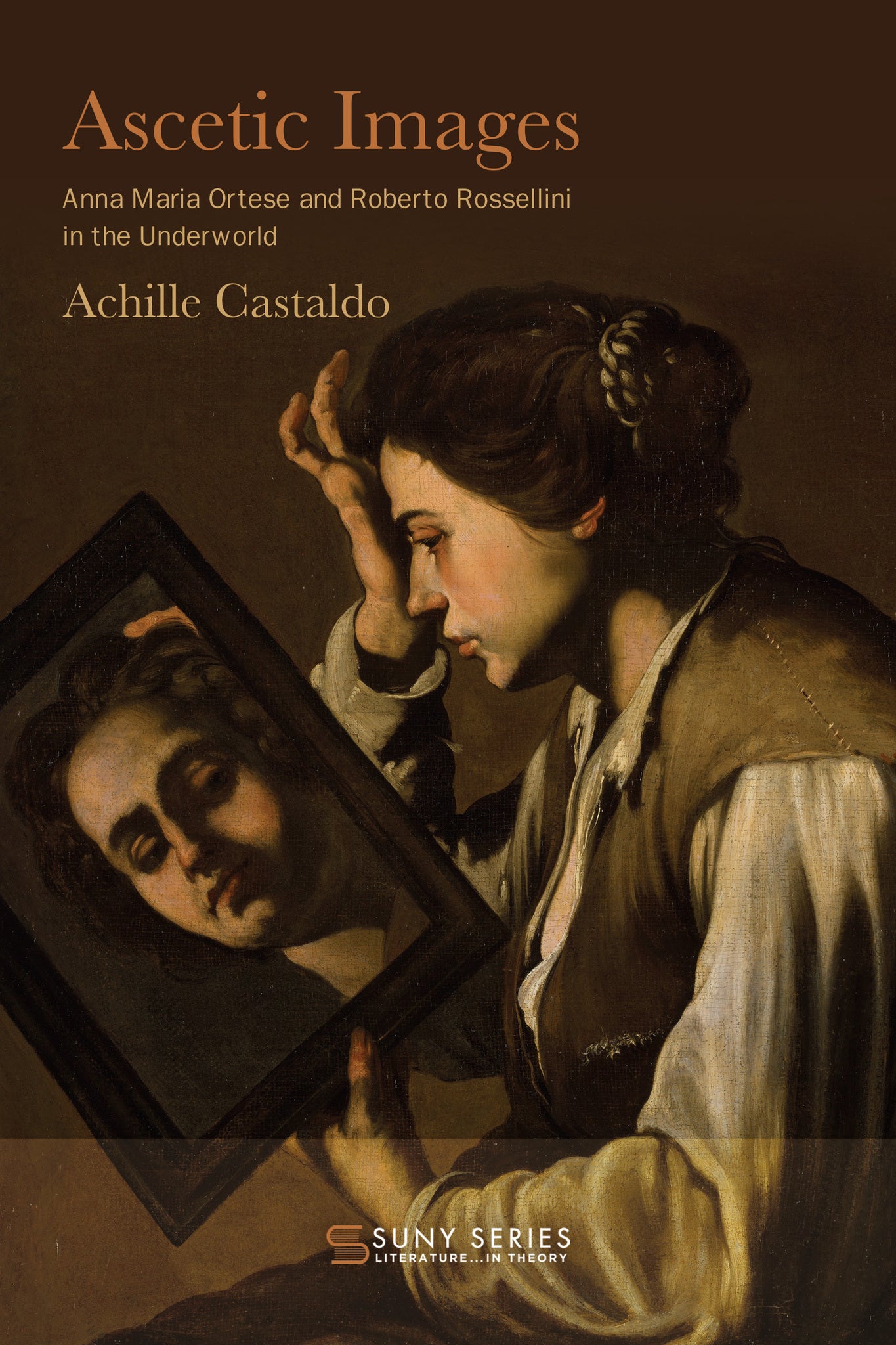We're sorry. An error has occurred
Please cancel or retry.
Ascetic Images

Some error occured while loading the Quick View. Please close the Quick View and try reloading the page.
- Format:
-
01 January 2026

Examines the narrative articulation of social invisibility in works by two of the most influential Italian cultural producers of the twentieth century.
The product of centuries of systemic violence and active marginalization, the lumpenproletariat haunts modernity and its afterlives, from the dark corners of the industrial metropolis to present-day slums. Ascetic Images explores the Neapolitan version of this enigmatic social group as it enters the works of writer Anna Maria Ortese and filmmaker Roberto Rossellini in the post–World War II era. An exercise in critical narratology of film and literature, the book reconstructs the "ascetic images" inscribed in their texts—the traces of the traumatic experience of the urban underclass, obscured by dominant discourses. Looking especially at Ortese’s "The Silence of Reason" (1953) and Rossellini’s Journey to Italy (1954), Achille Castaldo proposes a method of close reading that reveals the narrative articulation of social invisibility and gestures toward the political crises of the present as marginalized groups are increasingly pushed beyond the limits of our fragile social awareness.


"Ascetic Images stands out as a highly original, rigorously researched, and cogently argued intervention in the fields of Italian studies, film/visual studies, and literary theory. Castaldo pursues the elaboration of a reading method attuned to both the formal complexities of the aesthetic object and the specificities of the historical context with remarkable lucidity. His formal analyses of Ortese and Rossellini are impeccable and inspiring. Even more remarkably, Castaldo devotes the same kind of attention to theoretical texts that too often are read only for their 'content,' carefully combining narrative semiotics (Greimas), Marxist critique of ideology (Jameson), and phenomenology (Ingarden, Merleau-Ponty)." — Domietta Torlasco, author of The Rhythm of Images: Cinema beyond Measure



